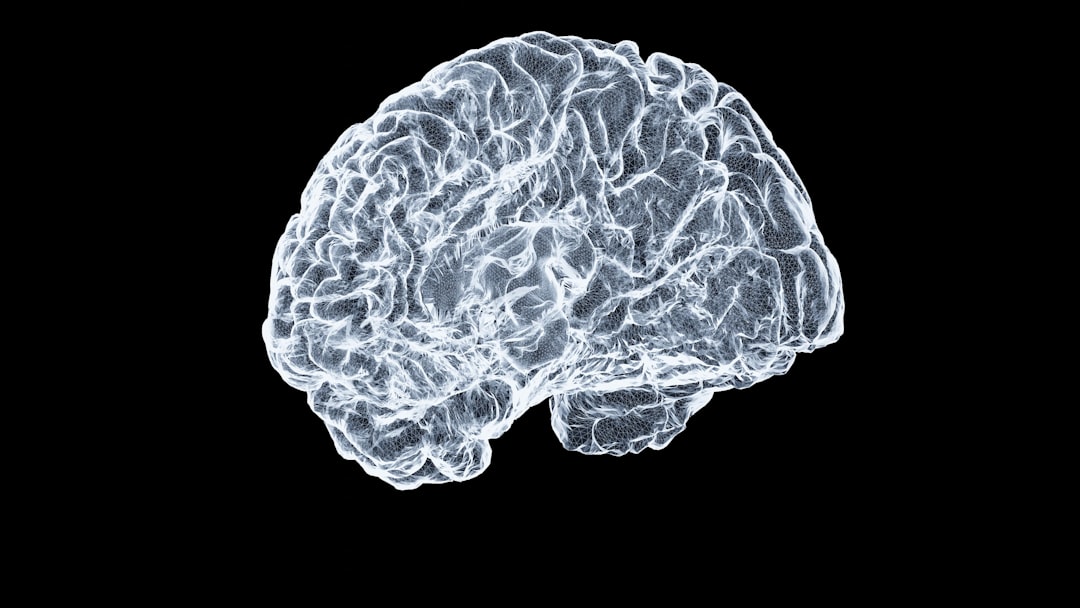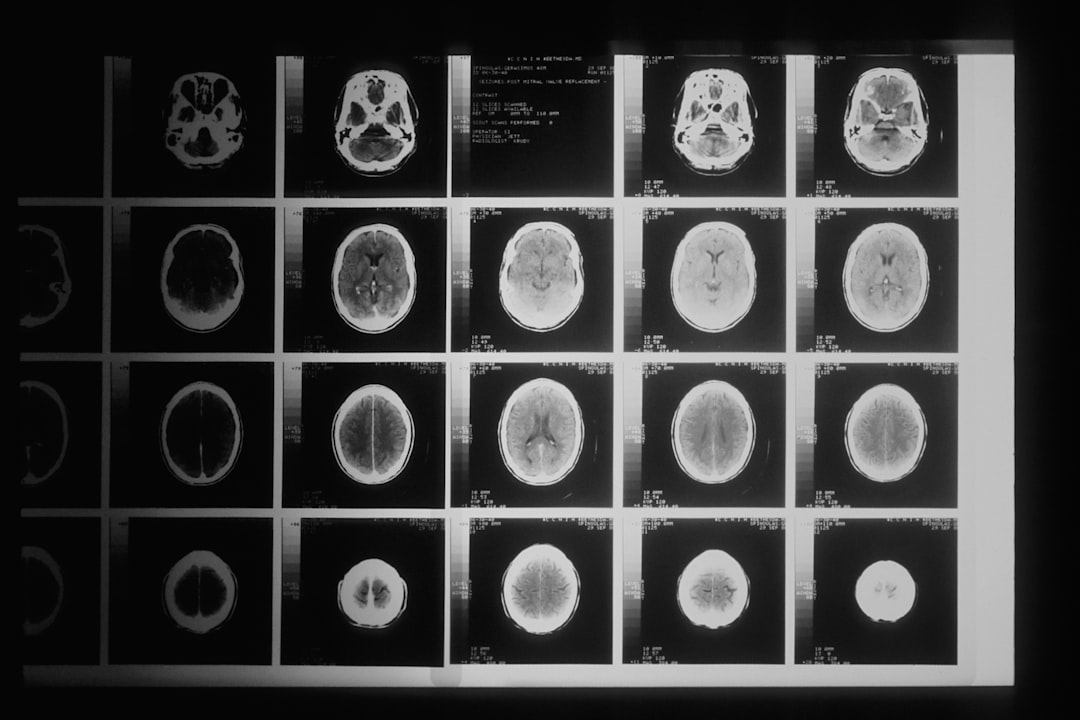
Esketamine and ketamine are becoming widely popular treatments for reducing the symptoms of depression and other mental health conditions. Both ketamine and esketamine are effective as depression treatments and have similar chemical backgrounds, but have unique administration methods, protocols, and overall structures of each treatment.
Both treatments have shown rapid improvements, offering people with treatment-resistant conditions an alternative to oral therapy. Understanding their similarities and key differences ensures clearer insight into which treatment best fits each patient’s specific needs.
Esketamine (Spravato)
Esketamine is a refined form of ketamine that contains only one of its two stereoisomers. It’s a nasal spray by the brand Spravato®, making it a noninvasive ketamine treatment. The treatment has been approved by the U.S. Food and Drug Administration (FDA), and it’s covered by insurance, depending on the clinic. At Kadelyx, Spravato is covered by BlueCross BlueShield of Arizona (BCBSAZ).
Clinical use and administration of esketamine
Unlike ketamine, esketamine is absorbed through the nose with a self-administered nasal spray. The treatment is done at a clinic under professional supervision. After the patient is seated and comfortable, they can spray the esketamine into their nose 2-3 times, each spray spaced 5 minutes apart. This treatment is not an at-home medication, it’s strictly for clinical use.
What can esketamine help with?
Esketamine is best known for its potent properties and fast-acting relief against conditions that are resistant to traditional psychiatric treatments and antidepressants. While the esketamine molecule has shown a higher binding affinity for the NMDA receptors, several studies have demonstrated that esketamine does not produce better effects than racemic ketamine (a form of ketamine used at clinics). Esketamine is best known for aiding mental health conditions, including:
- Treatment-resistant depression (TRD)
- Major depressive disorder (MDD)
- Suicidal ideation

Ketamine
Ketamine started as an anesthetic, and in the last two decades become recognized as a drug that aids complex mental health and pain-related conditions. It shows rapid relief of depression symptoms, pain, and anxiety levels, while promoting emotional healing and personal growth. Ketamine therapy is a safe and promising treatment for those who are unresponsive to regular psychiatric medications and antidepressants.
Clinical use and administration of ketamine
Ketamine has multiple treatment options, depending on the patient’s needs and preferences. It’s administered in a clinical setting by a professional, in two different ways, including:
- IM (intramuscular): After the patient is seated and prepared, two well-timed doses of ketamine are injected into a large muscle, the shoulder or thigh. This ensures fast absorption of ketamine and the onset of effects. Patients reach the peak dissociation within the first 15 minutes of the treatment and stay in that state for 40 minutes or more.
- IV (intravenous): After the patient is seated and prepared, a clinician starts to inject ketamine into the patient’s vein. This ensured smooth infusion of ketamine into the bloodstream, offering a fast onset of effects.
Types of ketamine treatment plans
Each plan is personalized and tailored to benefit the patient, depending on their needs and preferences, including:
- Guided ketamine treatments: IM (injections) with a guide who is present in the room.
- Semi-guided ketamine treatments: IM or IV (injections or infusions) with a guide who is monitoring the session outside the room.
- Couples’ ketamine treatment: IM (injections)
- Group ketamine treatment: IM (injections) with up to four people inside the room.
What can ketamine therapy help with?
Ketamine is a versatile drug that offers relief for a range of mental health disorders and treatment-resistant conditions, offering rapid improvements in mood and emotional regulation. Due to its versatility and unique effects, ketamine has evidence-based benefits for several mental health and pain-related conditions, including:
- Treatment-resistant depression (TRD)
- Major depressive disorder (MDD)
- Anxiety disorders
- Post-traumatic stress disorder (PTSD)
- Obsessive-compulsive disorder (OCD)
- Eating disorders
- Bipolar depression (in some cases)
- Substance use disorders
- Suicidal ideation
- Hospice and palliative care
- Chronic pain conditions
- Personal growth and emotional healing
The chemical properties of esketamine and ketamine
Ketamine consists of two enantiomers, S-(ketamine) and R-(ketamine), or two mirror-image molecules. Esketamine is the S-enantiomer of ketamine, or the purified version of ketamine, offering potent antidepressant effects. Each enantiomer is similar to the other but not identical, so they interact differently with NMDA receptors (N-methyl-D-aspartate).
How do esketamine and ketamine work?
Traditional treatments for depression focused on dopamine and serotonin, with SSRIs and SNRIs being antidepressants that work by increasing serotonin levels in the brain. Most treatments for depression take a few weeks to produce significant benefits, but esketamine and ketamine can offer relief within hours after the session.
Both ketamine and esketamine trigger the brain’s glutamatergic system, which is responsible for maintaining cognitive function and mood regulation. By doing so, the NMDA receptors are blocked, leading to a surge of glutamate release. This process is called synaptogenesis, and the rapid rewiring of the brain offers potential relief and antidepressant benefits.
source: Neuropsychopharmacology
Esketamine and ketamine comparison
Both treatments lead towards emotional stability and healing. One of the biggest differences between ketamine and esketamine lies in the approach. These differences can affect the overall experience, and comparing the two is needed in choosing the most suitable option. The table below highlights what each treatment offers:
| Esketamine | Ketamine | |
| Administration method | Nasal | IV, IM |
| Regulatory consideration | FDA-approved | Off-label |
| Insurance coverage | Yes | / |
| Clinical supervision | Yes | Yes |
| Duration of session | Two hours | Two hours |
| Duration of treatment | Twice a week for four weeks, then once a week for four weeks, followed by maintenance treatments. | Six sessions. |
| Side effects | Nausea, increased blood pressure, headache, decreased sensitivity, blurred vision. | Nausea, drowsiness, lightheadedness. |
Esketamine therapy step-by-step
Esketamine therapy follows strict protocols and clinical supervision to ensure safety and comfort throughout each session. A standard esketamine therapy session typically follows a series of structured steps, including:
- Initial evaluation: After a thorough medical evaluation is conducted, including recurring symptoms and past treatment history, it is determined if Spravato is a suitable treatment for the patient.
- Supervised administration: Since Spravato is a nasal spray, it’s self-administered under the careful supervision of clinical professionals.
- Monitoring period: After administration, the patient has to stay at the clinic for at least two hours under staff observation for any side effects.
- Follow-up care: Each esketamine treatment is tailored to follow the long-term therapeutic benefits of each patient. Follow-up care is there to provide ongoing support and additional treatments.
- More to read on the topic: Ketamine Therapy vs TMS: Differences, Costs, Side effects
Ketamine therapy step-by-step
Ketamine therapy sessions are well-structured, medically monitored, and guided by a clinical professional to ensure safety and efficacy. The usual steps of ketamine therapy include:
- Initial evaluation: A thorough medical and psychiatric evaluation is conducted, including recurring symptoms, treatment history, and personal healing goals.
- Choosing a treatment plan: After the evaluation, the treatment plan is selected according to the patient’s needs and treatment goals, with options including IM (injections), IV (infusions), guided, semi-guided, group, couple, or individual therapy.
- Preparation phase: Patients are seated in a comfortable seating area and prepared for the process by doing grounding techniques and guided meditations.
- Medicine phase: A qualified clinician administers the dose of ketamine by injection or infusion. The dissociative phase reaches a peak within 15-20 minutes.
- Integration phase: After regaining full consciousness, the patient is introduced to the integration phase, where they can reflect on the experience with their Guide.
Esketamine and ketamine treatments offer alternative ways of healing, suited for those struggling with depression and other conditions. While their administration methods and protocols differ, both treatments have evidence-based benefits and offer relief where conventional antidepressants fall short.
- Also read about: Ketamine Vs Traditional Antidepressants: Differences Explained
Trying new approaches to mental health can be daunting for a lot of people, and at times disheartening. Ketamine therapy and Spravato are conducted in safe settings and offer personalized guidance from a certified professional.
There is no universal cure, treatments should be tailored to align with patients’ values, wellness goals, and specific needs. The first step of healing is exploring ketamine therapy options and learning more about what treatment suits you most.
You might also be interested in reading about:



